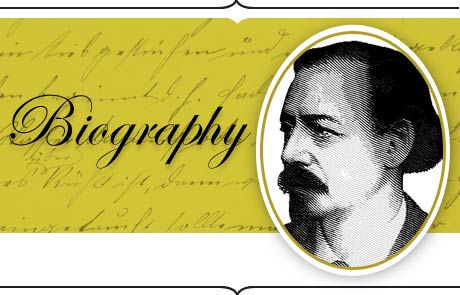Siegfried Marcus
Siegfried Marcus


Who really invented the first automobile? It all depends on how you define words like "automobile," "first," and "invent." But if the question is, who was the first to gear a combustion engine to a set of four wheels to make it go, the answer must be Austrian inventor Siegfried Marcus.
Marcus finished his first car sometime between 1864 and 1870 – some 15 years before the better-remembered efforts of Karl Benz and Gottlieb Daimler. His primordial design lacked numerous now-standard features such as brakes, steering, and seats, to name a few. But what it did have – an internal combustion engine, a carburetor and four wheels – would provide the basic DNA of gasoline-powered automobiles for the next 140 years and counting.
Marcus made his mark as an inventor of electrical systems, telegraph equipment, and scientific instruments. Born in Germany in 1831, he was already working toward an engineering career by age 12. A machine-shop apprenticeship paved the way to a position in the telegraph industry, and his ideas for improved telegraphic relay systems earned wide international acclaim. He was also known for inventing the familiar T-handled plunger apparatus used to detonate explosives in mining and other applications. These breakthroughs gave him the financial wherewithal to build his own research laboratory in the 1860s.
Self-propelled transportation was an intellectual rather than commercial enterprise for Marcus. He pursued his many areas of technological interest, including the use of liquid fuels for lighting applications. When he realized the explosive force that occurred when he used sparks to ignite an atomized petroleum-and-air mixture, he quickly realized the potential to harness that power to do work. His two-cycle internal combustion engine was born.
Most inventors working on alternative engine designs and fuel sources in those days were focused on big established markets for steam power such as boat motors, pumps, factory machinery, and so forth. But Marcus took note of early steam cars and saw an opportunity for his engine. For his first attempt, he mounted the motor on a four-wheeled cart and connected it to the two back wheels. It had the ultimate manual transmission – literally a hefty helper who lifted the back end up to hand-start the car by spinning a rear wheel. When ready to roll, the assistant lowered the car and off it went – for a history-making 500 feet.
Marcus would spend the next decade or more tinkering with his engine in his spare time. During this period he patented his ideas for a magneto ignition system, a rheostat, and other inventions. Marcus's next car, debuting in about 1888, was a quantum improvement over his first crude effort.
Revolutionary features included a four-cycle, gasoline-powered engine, Marcus's novel carburetor design, and his magneto ignition. The car was said to reach a top speed of 10 mph.
His later models were refined with steering, brakes, a clutch, and other features that simply hadn't been conceived of when Marcus first hitched his engine to a buggy. None of these later models still exists, but his landmark second car survives today and is owned by the Austrian Automobile Club – the oldest gasoline-powered internal combustion car on the planet, as far as anyone knows.
Marcus died in 1898. During his lifetime, he was widely considered (and formally honored as) the originator of the motorcar. But his place in history was all but erased during the German annexation of Austria in 1938. Because Marcus was a Jew, the Nazi propaganda office ordered his work to be destroyed, his name expunged from future textbooks, and his public memorials removed.
They largely succeeded in writing him out of history. Exact dates for his key innovations are still difficult to nail down. But there is no obfuscating the fact that this ahead-of-his-time engineer and inventor built four progressively sophisticated combustion-engine cars over a 10-to-15-year span, and many of his inventions have found their way into the cars of today.
Michael McRae is an independent writer.
During his lifetime, Siegfried Marcus was widely considered the originator of the motorcar. But his place in history was all but erased during the Nazi era because Marcus was a Jew.





